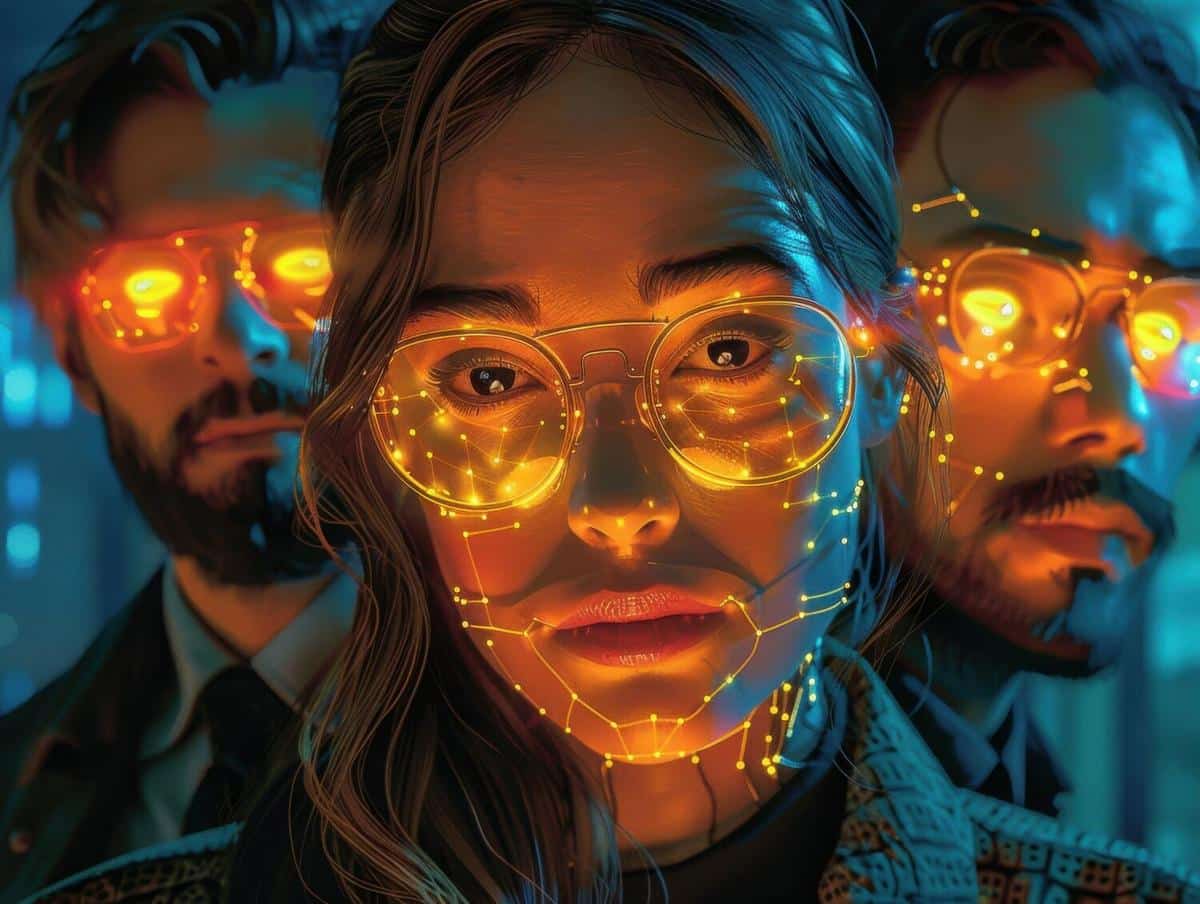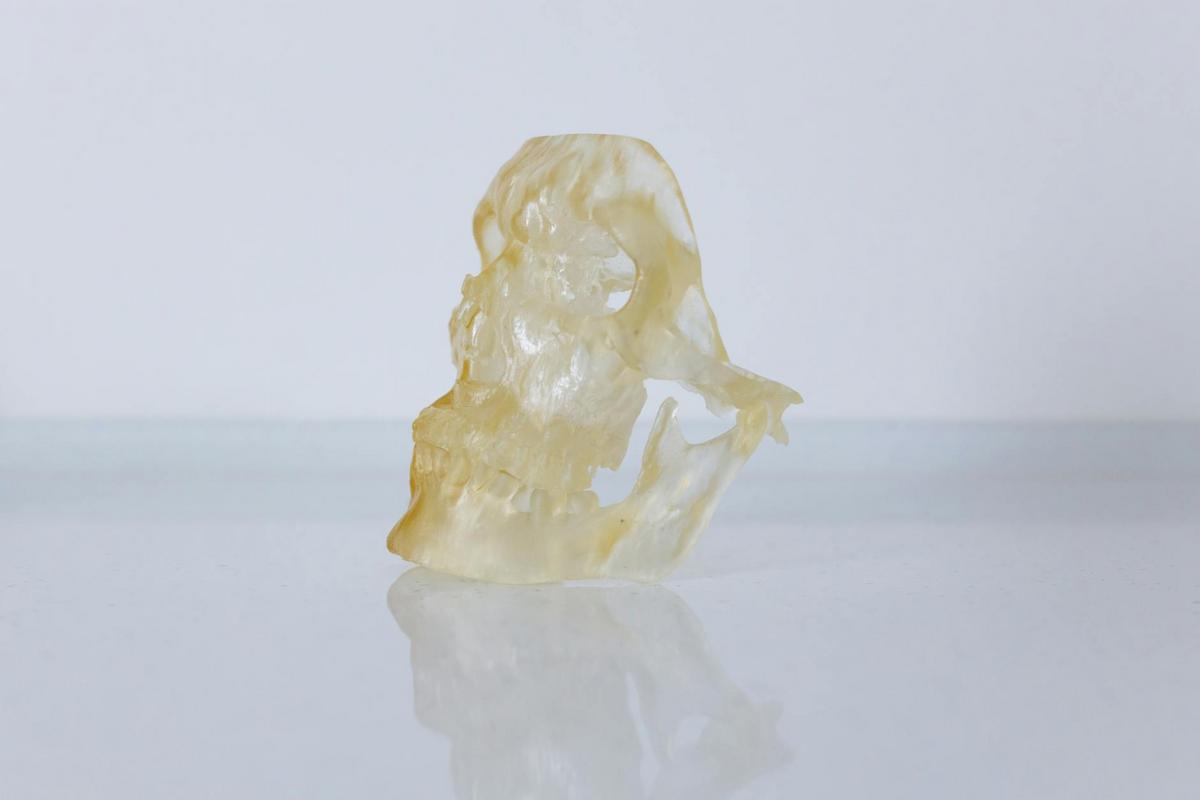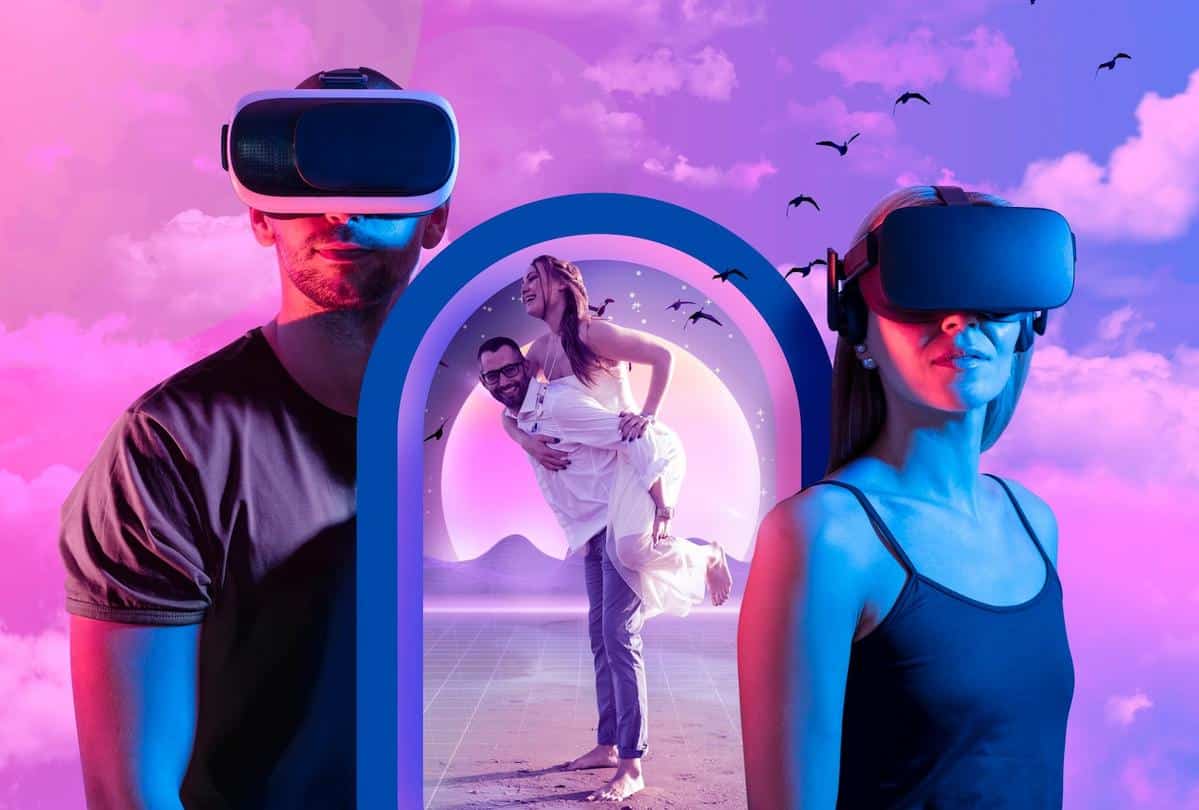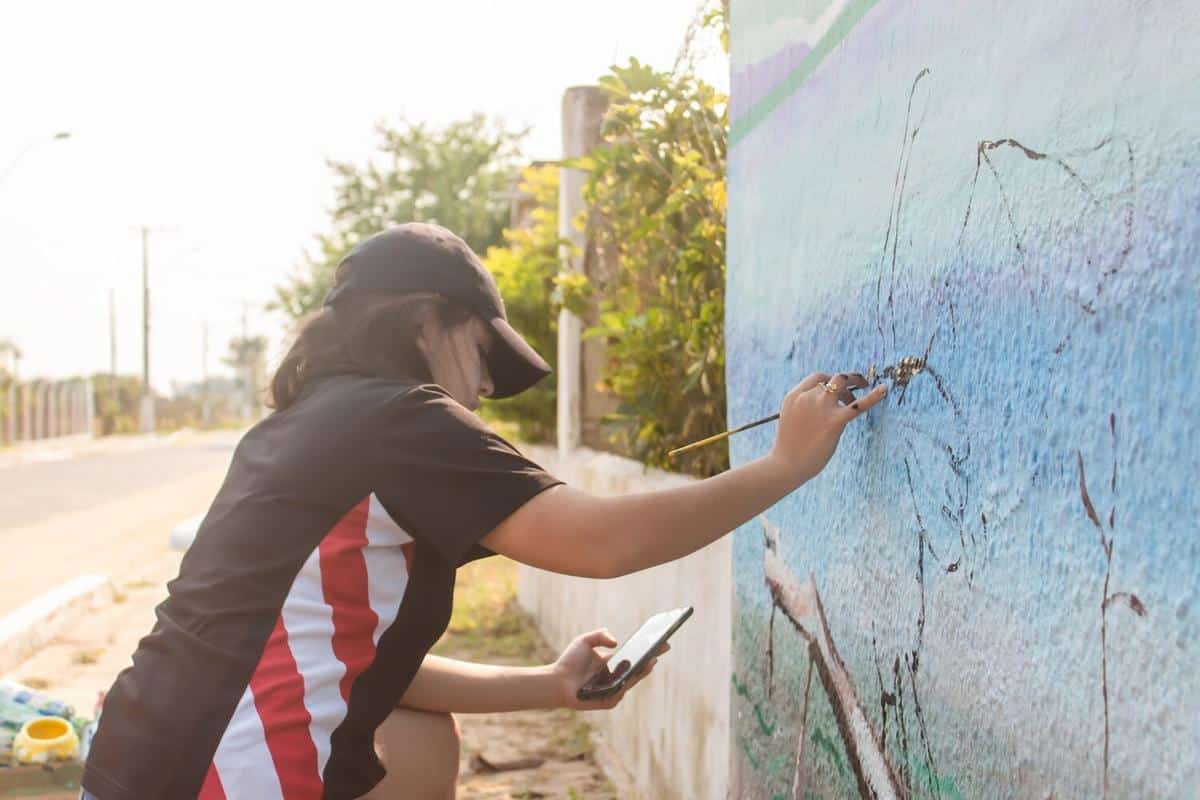
Exploring the Impact of AI on Digital Art Creation
Artificial Intelligence (AI) has become a groundbreaking force in various industries, and digital art is no exception. As AI technologies evolve, they are reshaping the way artists create, interact with, and perceive digital art.
The integration of AI in digital art creation has opened new avenues for creativity and expression. Artists are now able to collaborate with algorithms to produce unique pieces that were previously unimaginable. This synergy between human creativity and machine intelligence is transforming the digital art landscape.
AI Transforming Digital Art
AI’s impact on digital art can be seen in various forms, from generating entirely new artworks to enhancing existing pieces. Renowned technologist, Dr. Amy Smith, notes, “AI provides artists with tools to explore new dimensions of creativity, offering possibilities that are both exciting and challenging.” This sentiment is echoed by many in the art community who see AI as a partner in creativity rather than a replacement.
Statistics and Research
A recent survey by the Art and Tech Institute found that over 60% of digital artists have incorporated some form of AI into their workflow. This highlights a growing trend where AI is not just a tool but a collaborator in the creative process. Additionally, research from the Creative Computing Lab suggests that AI-generated art is becoming increasingly popular in exhibitions and auctions, indicating a shift in market dynamics.
Personal Experiences
Consider the journey of Michael, a digital artist who initially viewed AI with skepticism. After attending a workshop on AI art tools, he integrated these technologies into his projects. He found that AI helped him explore color palettes and compositions he hadn’t considered before, leading to a richer artistic experience. Michael’s story is a testament to the transformative potential of AI in art.
Actionable Tips for Artists
- Experiment with AI tools like neural networks to enhance your creative process.
- Attend workshops or online courses to stay updated on the latest AI technologies in art.
- Engage with online communities to share experiences and learn from other artists using AI.
Consider starting small by using AI to assist with specific tasks, such as color correction or generating abstract patterns. This approach allows you to gradually integrate AI into your workflow without feeling overwhelmed.
Resources and Further Reading
For those interested in diving deeper into the world of AI and digital art, consider exploring resources from the Artificial Intelligence Blog or attending events hosted by the Creative Computing Lab.
FAQs
How does AI generate art?
AI generates art by using algorithms to analyze and learn from existing artworks, then applying this knowledge to create new pieces.
Is AI art considered original?
While AI art is generated by machines, it is often considered original as it produces unique outputs that are not direct copies of existing works.
Can AI replace human artists?
AI is seen as a tool rather than a replacement for human artists, enhancing rather than replacing human creativity.
Conclusion
AI’s impact on digital art creation is undeniable, offering exciting possibilities for artists to explore new creative frontiers. By embracing AI, artists can expand their horizons and redefine what is possible in the realm of digital art. As AI continues to evolve, its role in art will likely grow, encouraging artists to innovate and experiment. To stay informed about the latest developments in digital art innovations, be sure to explore Digital Art Innovations regularly.


